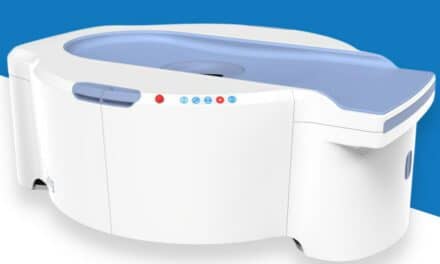According to a new article in the American Journal of Roentgenology, preoperative thoracic CT findings can be used to improve risk assessment for the need of postoperative mechanical ventilation in patients undergoing major abdominal or pelvic surgery.
“Many patients undergo thoracic CT before abdominal or pelvic surgery; the CT findings may complement preoperative clinical risk factors,” writes first author Arzu Canan, MD, an assistant professor of radiology at the University of Texas Southwestern Medical Center in Dallas.
Canan and colleagues’ single-center retrospective study included patients who underwent preoperative thoracic CT for abdominal or pelvic surgeries requiring general endotracheal tube anesthesia between Jan. 1, 2014, and Dec. 31, 2018. Cases were patients who required postoperative mechanical ventilation, and both control and case patients were matched at a 3:1 ratio based on age, sex, body mass index, chronic obstructive pulmonary disease, smoking status, and surgery type. Two radiologists reviewed the CT scans.
In a matched case-control study of 165 patients (70 female, 95 male; mean age, 67 years; 42 cases, 123 matched controls) who underwent major abdominal or pelvic surgery, independent predictors (p<.05) of postoperative mechanical ventilation using preoperative thoracic CT included bronchial wall thickening (exhibited odds ratio [OR]=4.8), pericardial effusion (OR=5.3), shorter lung height (OR=0.8 per cm increase), and greater anteroposterior chest diameter (OR=1.2 per cm increase).
“Bronchial wall thickening was the only qualitative parameter involving the lung parenchyma that differed between the case and control groups for both readers, with significantly increased need for postoperative mechanical ventilation in patients with bronchial wall thickening,” the authors of the AJR article add.






